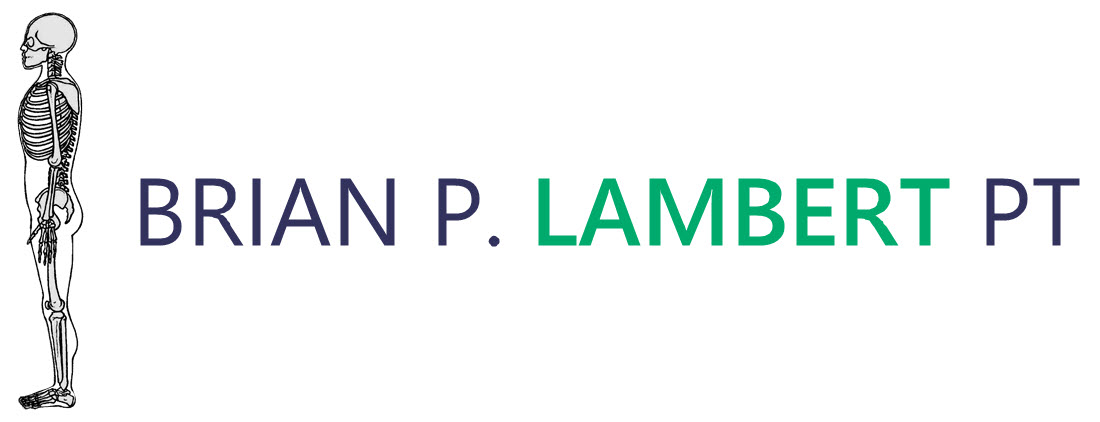Patient No. 5: Plantar Fasciitis
The Plantar fascia is a structure on the bottom of the foot that attaches to the heel bone and then fans out to attach to the base of the toes. Its purpose is to help maintain the arches in the bottom of the foot. If it becomes overloaded then pain and inflammation can result. The next patient had been dealing with worsening plantar fasciitis for several years.
A 45-year-old secretary had severe pain in the bottoms of both feet, especially first thing in the morning. The pain would generally improve when she walked about, but would worsen if she walked for more than 20 minutes. Oral medication, splints, taping, and orthotics seem to be of marginal benefit.
An evaluation revealed that the bottom of the foot was extremely tender through the arch. Her posture was not too bad except for a tendency to stand with her body tipped forward so that her body weight was shifted to the balls of the feet. She had very poor single leg balance. Motion in the hips was fairly restricted, particularly in the piriformis muscle. Moderate tightness was found through the front of the thighs including the hip flexors. Rotation in the left hip was fairly limited. Muscles throughout the trunk and the pelvis were very weak and very poorly activated.
With the patient's initial session she was instructed in exercises to address posture and muscle weakness. She noted awkwardness with postural cueing exercises.
The patient was seen one week after her initial session and noted less morning pain. At that time there were minor corrections made in her exercises. We used manual therapy techniques to improve mobility in the left hip. The patient's next visit was two weeks after her initial session. She reported substantial reduction in her foot pain. She was able to stand and walk in the morning without extreme pain. Closed chain hip exercises were added to her home program to replace the initial retraining exercises. This musculature tried very easily. The patient was also shown a very specific stretch for the muscles along the front of the thigh.
When the patient was seen three weeks after her initial evaluation she noted the foot pain continues to lessen. We made minor corrections to her exercises. Deep massage and ultrasound were used over the bottoms of both feet. This significantly reduced the tenderness in this area.
The patient's final visit was four weeks after her first session. She reported minimal pain in the morning and drastic improvement in comfort with walking. When standing she now carried her weight over her ankles instead of over the front of the feet. The patient's exercises were reviewed and she was discharged.
